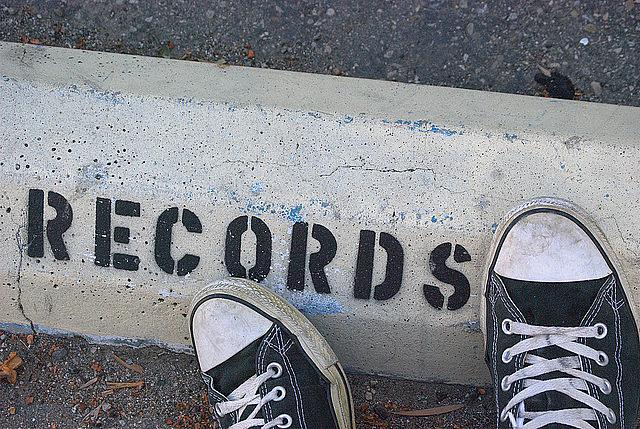Well-Sourced: Key documents show results of hospital, nursing home inspections

Note: Portions of this post were adapted from a tipsheet created with input – and in some cases exact phrasing – from Charles Ornstein when he was at the Los Angeles Times. Thank you, Charlie!
The goal was to copy hospital inspection records. At the time, even though so many other records already had been made public online, hospital inspection records were squirreled away in regional offices spread throughout the state. Now, thanks to the Association of Health Care Journalists and ProPublica, recent records are digital and searchable.
SOURCE: The Center for Medicaid & Medicare Services 2567 form
WHAT IT DOES: Documents the findings from federal and state inspections of public and private hospitals and nursing homes as part of regular reviews and investigations based on complaints.
WHAT IT DOES NOT DO: Reveal the names of doctors, nurses or patients involved.
RECORDS: If you have not spent time with them before, you will find that 2567 forms are a reporter’s best friend. State and federal inspectors do both full institutional reviews and narrow investigations based on complaints. They write up reports, or statements of deficiencies, that cover everything from nursing shortages and broken chairs to negligent deaths. A review of several years can show patterns of medication errors, nursing lapses, or highlight one horrific case.
By law, the hospital or nursing home must make these inspection reports available, but it is often easier to get them from the agency. Depending on which version of the form you see, the form is either divided in half with the things the inspectors found wrong on the left and the health care facility’s response on the right. Or the information flows from top to bottom. Once an inspection is complete, the hospital or nursing home is given a report. The institution then files a “plan of correction,” which often is as interesting as the inspection findings. Make sure the copy you get includes the facility’s response.
WHERE TO FIND THEM: The inspection reports are generally kept in regional offices and organized by the name of the institution. You can look through them there (and make copies with your personal copier) or request a specific report by hospital and date. Also, if you find a report that interests you, file a request for the back-up investigative notes, an often blunt and detailed account of what went wrong.
The Association of Health Care Journalists has created a searchable database of hospital inspection information where you can search by state, facility, or key word.
I did a search for the term “wrong site,” because one of the most problematic mistakes a hospital can make is to operate on the wrong spot of the body. I found 16 reports from the past five years.
I told you what ProPublica did with IRS 990s, right? Well, they’ve done something similar with nursing home inspections. Nursing Home Inspect allows you to search reports and fines since 2011. One of the biggest concerns people have when they move a loved one into a nursing home is that they may be abused. The word “assault” turned up 715 results.
DRAWBACKS: Inspectors don’t distinguish between citations that involve patient deaths and those in which no one was injured. In fact, if a patient dies, these reports sometimes irritatingly leave it out. Because fines are not levied, it can be hard to determine if a particular citation is worth reporting.
SUGGESTION: Give yourself one hour. For the first 30 minutes, search the AHCJ hospital database for three hospitals that you think might have checkered histories. For the next 30, do the same thing with nursing homes you are interested in. Because the records only go back to 2011, you may want to go to the state to dig deeper. (I’m going to take my own advice and do this for some upcoming posts.)
EXAMPLE: Tammy Worth at the Los Angeles Times wrote an insightful piece in September 2009 detailing the problems in trying to find out information on nursing homes. She wrote specifically about 2567s:
Families can also find information on the most recent state survey of a facility (Form 2567) posted in a public area at the nursing home. It will have information on deficiencies and citations found during the most recent state inspection. Inspections should be held by the state every 12 to 15 months on behalf of CMS.
Worth also noted that 2567s provide an important second opinion to people who have only looked at CMS’ Nursing Home Compare or Hospital Compare sites, which provide measurements on a few key areas but don’t offer much depth on problems that may be happening in the facilities. You would be wise to check all those sources, too.
Photo by Fred Rockwood via Flickr.
